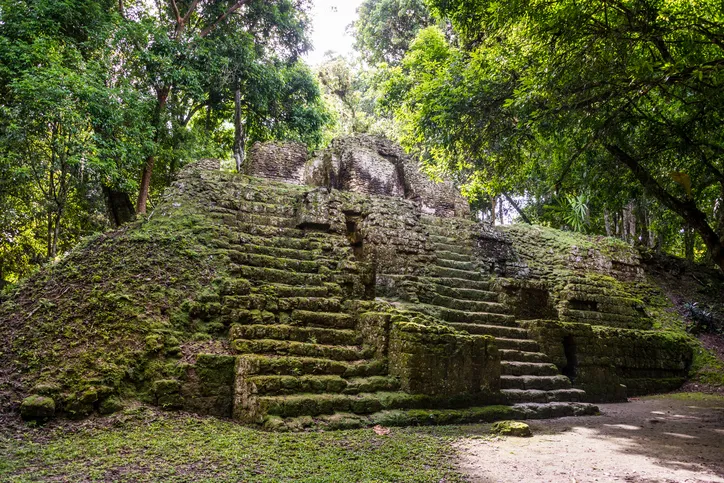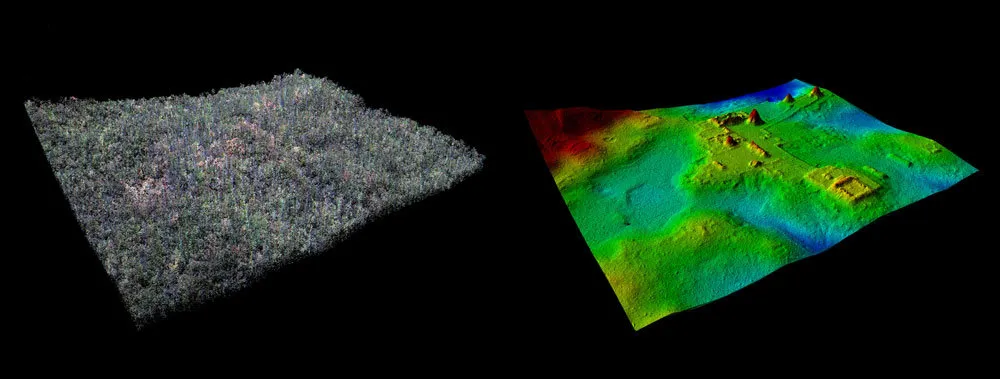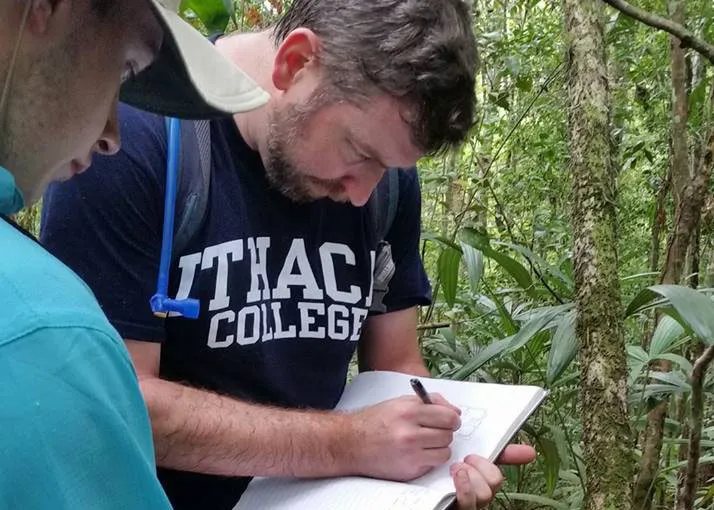The steamy jungles of northern Guatemala don’t reveal secrets easily. For centuries, the overgrown landscape has protected most of the remains of the Maya who once tamed it—yielding slowly to modern scientists seeking to learn more about the ancient civilization known for its sophisticated hieroglyphic script, art, architecture and mathematics.
The Maya civilization began to emerge about 3,000 years ago, and reached its peak during the Classic Period, from about A.D. 250-900. Now, technology that allows for digital deforestation has uncovered thousands of new Maya structures previously undetected beneath smothering vegetation. For archaeologists like Thomas Garrison, assistant professor of anthropology at Ithaca College, the findings have done far more than recast notions of the size and density of the Central American society.
“Frankly, it's turning our discipline on its head,” he said.
Garrison helped orchestrate the 2016 aerial survey these revelations stem from. The findings and the technology behind them — LiDAR (light detection and ranging) — will be the focus of a new National Geographic documentary to premiere on Feb. 6 at 9 p.m. EST titled “Lost Treasures of the Maya Snake King.” The documentary will follow a NatGeo explorer as he treks deep in the jungle to seek out a pyramid detected in the survey.
Garrison appears in the documentary commenting on the LiDAR mapping and its results. The program will also feature custom-designed images of many of the newly revealed structures, as translated from the data.


